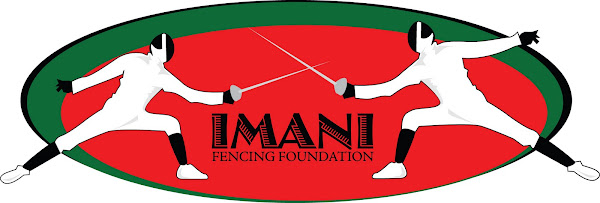VICENTE GUERRERO (1783-1831)

As a captain, he was commissioned by José María Morelos to attack Taxco. He continued under Morelos’ command and fought in southern Puebla.
After the defeat in Puruarán, Michoacán, he was assigned to fight in the south, where he made his way with only one assistant. Guerrero and his peasant army, equipped only with clubs, fought against a vice-regal officer at the head of 700 troops. Guerrero defeated him, took 400 prisoners, and seized a large quantity of weapons. In all of the battles in which he took part, he showed extraordinary bravery; sometimes he received point-blank shots, and he fought with cold steel.
After Morelos’ death in late 1815, the rebel movement was weakened, and just a few leaders continued fighting. Guerrero was one of them. A number of leaders began asking for pardons. Viceroy Apodaca persuaded Guerrero’s father to try to convince his son to surrender, but the rebel refused, giving his oft-quoted answer, “My country comes first.”
With just a few troops, Vicente Guerrero continued fighting from his rebel base in the mountainous region of the state which now bears his name. When Iturbide put his plans to achieve the independence in action, he went southwards to fight Guerrero and Alquisiras, but he failed in his attempt, and the royalist forces were worse of it.
On January 10, 1821, Guerrero received an invitation from Iturbide to give a conference on the independence movement. They met in Acatempan, and the rebel leader agreed to fight with his former enemies and to accept a subordinate post.
Although Guerrero acknowledged Iturbide as the emperor, he and Nicolás Bravo soon turned against him. On January 23, in Almolongo, Guerrero fought the imperial forces commanded by Epitacio Sánchez, who died in action, although he was able to defeat his rivals.
Guerrero had been a division general since 1821. When Iturbide was overthrown, Guerrero became a member of the Supreme Executive Power from April 1 to October 10, 1824, until General Guadalupe Victoria became president of Mexico.
Vicente Guerrero was head of the Yorkean (popular) party, and he started to appear as the party’s frontrunner. When Nicolás Bravo, head of the Scottish party, took up arms against Guadalupe Victoria’s government, in 1828, Guerrero fought against him in Tulancingo.
Guerrero became a presidential candidate that same year. Although he had numerous followers, the state legislative bodies gave the presidency to Manuel Gómez Pedraza, who had influenced the elections from within the War Ministry, by an indirect vote of 11 to 9. A protest arose, the Parián was plundered, and Gómez Pedraza’s election was declared invalid.
Guerrero became President on April 1, 1829; General Anastasio Bustamante was appointed as vice-president.
Spanish forces led by General Isidro Barradas invaded Mexico, but were defeated. Bustamante, who was watching Guerrero from Xalapa, proclaimed the Plan of Xalapa, which refused to recognize Guerrero’s regime.
Vicente Guerrero gave up the presidency on December 16, 1829, when Congress declared him unfit to govern the country. He went south and started a new civil war. Armijo was sent to fight him, but Armijo was defeated and died in Texaca.
The war continued through all 1830. Bustamante’s government, through his minister José Antonio Facio, arranged for the Genoese sailor Francisco Picaluga to kill Guerrero. In January 1831, the Genoese invited Vicente Guerrero to lunch on his ship El Colombo. Once on board, Picaluga took him prisoner and sailed for Huatulco, on the Oaxaca coast.
Picaluga delivered his prisoner to Captain Miguel González, who took Guerrero to Oaxaca. A court-martial sentenced Guerrero to death, and he was executed in Villa de Cuilapan, on February 14, 1831.
A Mexican state now bears Vicente Guerrero’s name in his honor.

No comments:
Post a Comment